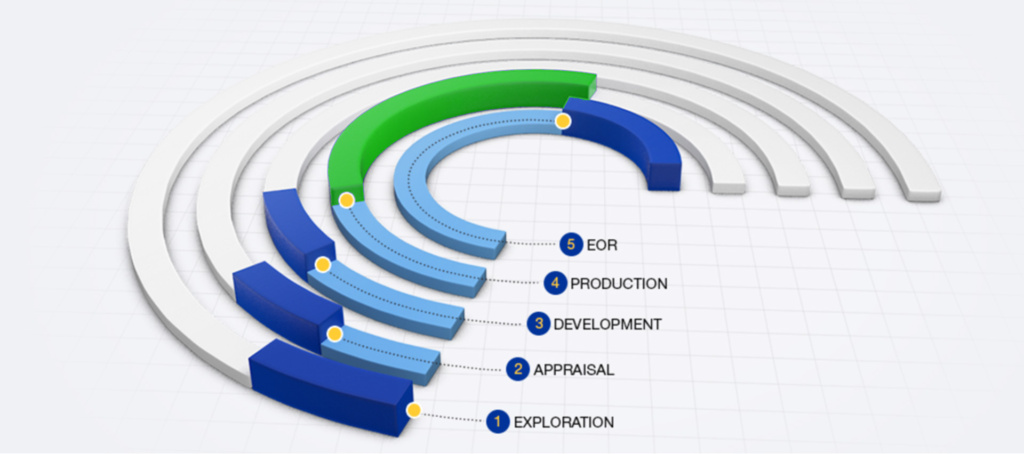
Make every well count
Infill drilling involves relatively modest expenditure compared to the initial cost of bringing the field online. The goal of infill wells is to sustain production flow rates, reach compartments or areas in the field that are being bypassed, or adding injection capacity. It is nonetheless important to ensure that every individual infill well contributes positively to the field’s economics.
Resoptima solutions
Resoptima ensemble-based models evolve with each new data that is acquired during production, either from new wells, from 4D seismic monitoring or through the regular ingestion of production data. The uncertainties will tend to narrow down over the life of the field, but they retain their full detail and remain in the hundreds of thousands or millions in number.
The ensemble model has a fit for each individual well, and in the case of infill drilling planning it will also assess uncertainties, risks and rewards for each individual borehole. This approach can reveal very interesting facts, and often results in significant changes to the initial plans:
Economic impact
Some of the planned wells may show a significant risk of not delivering enough additional production to justify their risk-adjusted cost. For a specific goal of increased production volumes, the fewer wells drilled for a given outcome the better the economics of each well. See this case study.
Scheduling impact
Planned wells that are predicted to deliver positive economics may still be improved by scheduling them earlier to maximize NPV. See this case study.
For information on the software, see the IRMA content.
